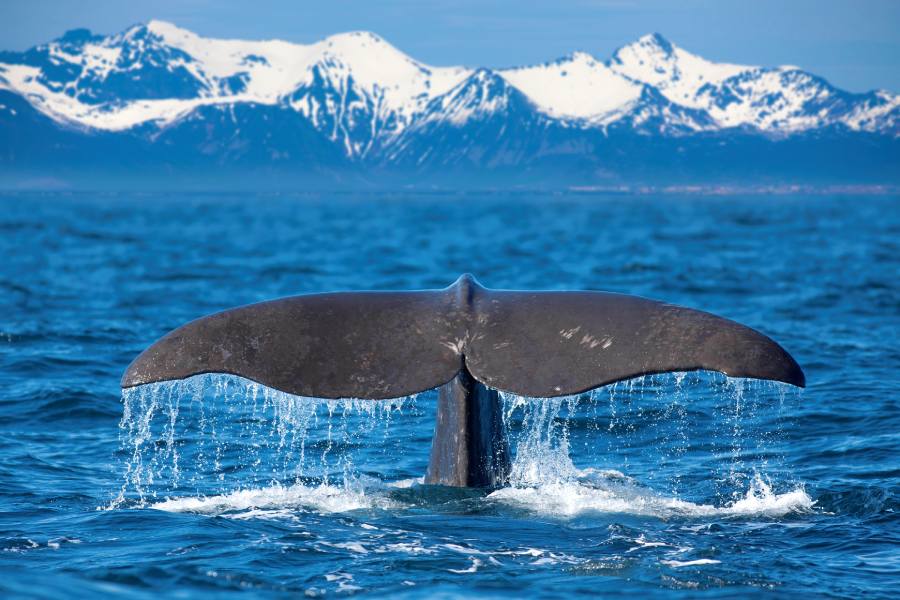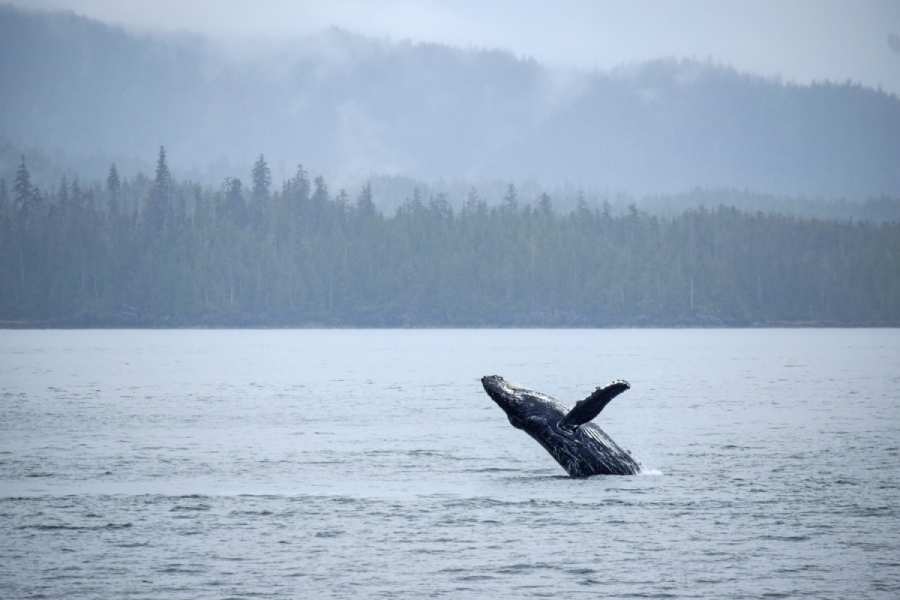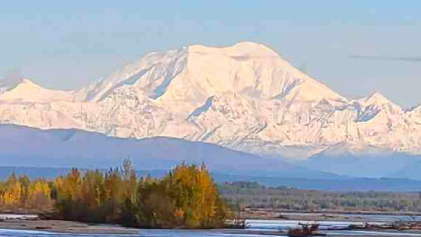Let’s Go Whale Watching In Juneau, Alaska!
PRIVATE & SMALL GROUP TOURS TO THE WORLD'S BEST DESTINATIONS
Three Amazing Alaskan Vacations To Choose From!

The Best Time For Whale Watching In Alaska
If you’re planning a trip to Alaska, we recommend saving time for a whale-watching excursion! The Alaska whale watching season runs from May through September, so it’s easy to fit a half or full-day cruise into your itinerary to see these magnificent creatures. In fact, it’s easy to combine a whale-watching cruise with land tours to see other wildlife, as well as trips into the Alaskan backcountry to see the Northern Lights, camp at Alaskan National Parks, or hike across the face of one of the state’s epic glaciers.

What Brings Whales To Alaska?
If you visit Alaska during the summer season, you will notice that whales congregate in the waters off the state’s coast for most of the warmer months. Why? Migration! Whales spend the winter months in the warm waters near Hawaii, California, Mexico, and Central America. But Alaska is their home territory, and many of the species you see are journeying back home after over-wintering in warmer waters. Once temperatures rise in the Arctic Ocean, whales return to Alaska’s nutrient-rich waters to feed. These warmer months are the best time for whale watching in Alaska!
Whale-Watching Excursions In Juneau
Tourists flock to Juneau, Alaska for whale watching during the summer months. The most commonly spotted whales in Juneau are humpback whales, although orcas can sometimes be seen. The humpback whale breeds in the warm waters of Hawaii during the winter months but migrates north to Alaska to feed during the summer season. Gray whales can also be spotted during the Alaska whale watching season in Juneau. These enormous creatures can grow to 50 feet long and weigh up to 40 tons. Gray whales travel 5,000 to 7,000 miles each way during their migratory journey, which often takes three months. Orcas also congregate in the nutrient-dense waters near Juneau during the summer season. Although Orcas are much smaller than humpback or gray whales, they have been known to pursue seals, moose, and even other whales, earning the moniker “killer whales.”
Juneau, Alaska whale watching is a huge draw for nature-loving tourists. Not only can you see whales during a whale-watching cruise, but you will be able to see all the different types of sea and land animals! The sheer number of wildlife sightings on a whale-watching cruise is incredible and can include orcas, humpback whales, Dall’s porpoise, harbor seals, stellar sea lions, and land-based animals like deer, brown bears, and eagles.
The Top 3 Whale-Watching Excursions In Juneau, Alaska
 If you’re not sure how or where to see whales in Juneau, we’ve compiled a short list of three popular whale-watching excursions that leave from Juneau! Keep reading to learn more:
If you’re not sure how or where to see whales in Juneau, we’ve compiled a short list of three popular whale-watching excursions that leave from Juneau! Keep reading to learn more:
- Whale watching and Mendenhall Glacier Tour – this one-hour tour is perfect if your itinerary is full and you are short on time! Enjoy the best of Juneau’s nature and wildlife on this short cruise. The boat departs right from downtown Juneau and will cruise the waters of Auke Bay before arriving at the 13-mile Mendenhall Glacier. Along the way, you will see humpback whales, bald eagles, blue heron, and other wildlife! Enjoy a stop at the Mendenhall Glacier’s visitor center before returning to the downtown dock.
- Kayak whale-watching adventure – This six-hour adventure is perfect for kayakers of all skill levels. Paddle through the waters outside of Juneau and take in the whales, wildlife, and snow-capped peaks in the distance. This small-group tour includes an hour-long scenic cruise to Benjamin or Little Island to look for Steller Sea Lions. Then, once you arrive at the Channel Islands, an annual feeding ground for whales, you will board your kayak and hit the water for an adventure you’ll never forget. Paddle for two hours with experienced guides, who will share information about everything around you, including the whales. The return trip includes even more opportunities to enjoy the wildlife and scenery around you before you return to Juneau.
- Whale-watching day cruise – If you want to see Tracy Arm, the glacial fjord that sits 45 miles south of Juneau, this is the cruise for you. Enjoy a view of mountains, glaciers, icebergs, and waterfalls as you wait for the humpback and orca whales to appear. You can also see seals and their pups, bears, and even goats. This relaxing trip is the perfect way to experience the natural surroundings of Juneau, Alaska while whale watching.
DIY Whale Watching Opportunities
Because the Alaska whale watching season is a huge tourist draw an many whale-watching excursions are often fully booked, visitors often ask if you can see whales without joining a tour. The answer is yes! If you are unable to book a day cruise to see whales, one of the best places to walk around and whale watch on your own is Cross Sound. This location draws approximately two-thirds of the humpback whales migrating from Hawaii to its nutrient-dense waters. Visitors can set up a picnic at the dock to watch the whales cavort in the water while enjoying the view of Brady Glacier in the background. Or, you can visit Amalga Harbor to watch sea lions and Orca. The harbor is a resting place for salmon awaiting high tide so that they can continue their journey to their annual breeding ground. This draws the sea lions and Orca, too, and is a popular place in Juneau, Alaska for whale watching.
A Final Word About Whale Watching
The best time for whale watching in Alaska is from May through September. This aligns with the annual whale migration to Alaska from other parts of the world. Whales begin arriving in Alaska in April to feast on krill before returning to warmer Pacific waters in the fall. The early part of the summer is a great time to visit Alaska because May and June are the driest months of the year and create more comfortable conditions for whale-watching cruises. July and August are warm but coincide with peak tourist season. If you plan to visit during the latter half of the summer, expect large crowds and plan ahead to reserve your spot on a whale-watching tour so you don’t miss out!


